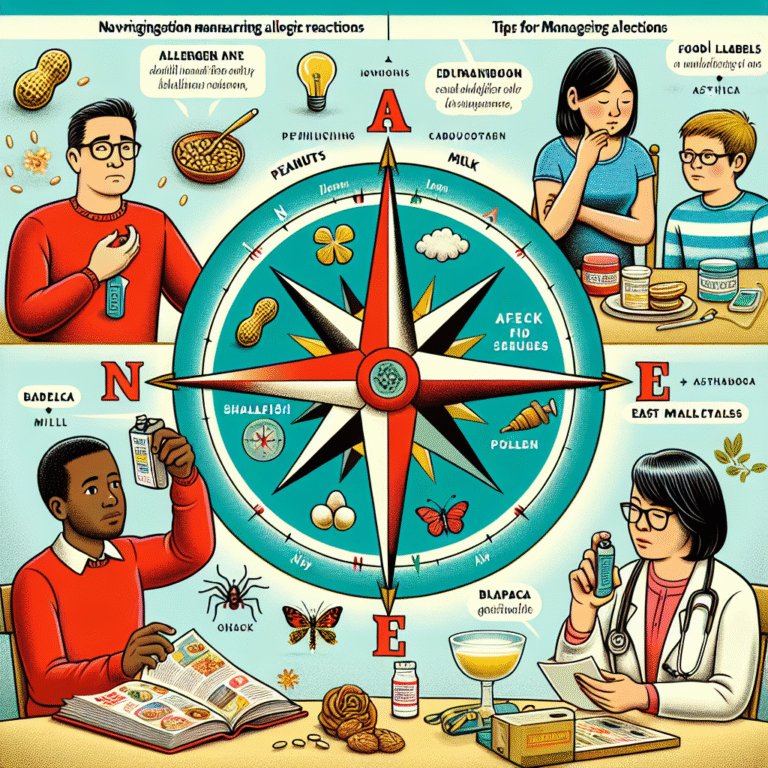
Introduction
Imagine walking into a restaurant and feeling a wave of nostalgia as the scent of freshly baked bread wafts through the air. This isn’t just a coincidence; it’s a powerful result of classical conditioning at play. Understanding how classical conditioning shapes our behavior isn’t merely an academic exercise; it’s a journey into the very fabric of our everyday lives. This article aims to unravel this mystery, offering insights that can enrich your understanding of human behavior and deepen your appreciation for how our experiences mold us.
The Foundations of Classical Conditioning
What is Classical Conditioning?
Classical conditioning, first proposed by Ivan Pavlov in the early 20th century, refers to a learning process in which a previously neutral stimulus becomes associated with a meaningful stimulus, eliciting a conditioned response. This learning theory has far-reaching implications, impacting everything from our emotions to our habits.
The Classic Experiment
Pavlov’s famous experiment involved dogs that were conditioned to salivate at the sound of a bell because they associated it with food. Every time the bell rang, the dogs were presented with food, and eventually, the sound itself triggered salivation, even in the absence of food.
The Mechanisms Behind Classical Conditioning
At its core, classical conditioning relies on a few critical components:
- Unconditioned Stimulus (US): An inherently meaningful stimulus that produces a response without prior learning (e.g., food).
- Unconditioned Response (UR): The natural reaction to the unconditioned stimulus (e.g., salivation).
- Conditioned Stimulus (CS): A previously neutral stimulus that, after association with the unconditioned stimulus, elicits a conditioned response (e.g., the bell).
- Conditioned Response (CR): The learned reaction to the conditioned stimulus (e.g., salivation in response to the bell).
Why it Matters
So, why should we care about unraveling the mystery of classical conditioning? Understanding these principles can help us identify behavioral patterns in ourselves and others, making it a vital tool for personal development, education, and even therapy.
Real-World Applications
Case Study: Advertising
One of the most compelling applications of classical conditioning is in advertising. Brands utilize emotionally charged imagery or jingles that become associated with their products. For instance, a soft drink commercial may feature a refreshing scene on a hot day, creating a positive feeling whenever viewers see that drink.
Analysis
This classical conditioning not only enhances brand awareness but also influences consumer behavior, leading individuals to purchase products that evoke positive emotions, even when they don’t consciously recognize the association.
Table: Applications of Classical Conditioning in Advertising
| Conditioned Stimulus | Unconditioned Stimulus | Conditioned Response |
|---|---|---|
| Brand jingle | Happy moments | Positive emotions towards the brand |
| Scent of popcorn | Favorite movie | Desire to snack |
| Visual storytelling | Family memories | Feelings of nostalgia |
Case Study: Therapeutic Techniques
In therapy, classical conditioning is often used to help clients overcome phobias. For instance, a therapist may use systematic desensitization—an approach where a patient is gradually exposed to their phobia while being taught relaxation techniques.
Analysis
By repeating this process, the phobic response is weakened, allowing the individual to approach the feared object or situation without anxiety. This practical application demonstrates the potency of unraveling the mystery of classical conditioning in transforming lives.
The Role of Classical Conditioning in Daily Life
Everyday Examples
- Food Preferences: Many of us have foods we associate with specific memories. Perhaps a childhood meal reminds us of family gatherings.
- Emotional Responses: A song from a past relationship can invoke strong feelings of longing or happiness.
- Habits: Think of how your morning routine can become second nature through simple conditioning. For example, waking up to the smell of coffee encourages a conditioned response to seek out that caffeine fix.
How to Harness Classical Conditioning
Understanding classical conditioning can empower us to modify our behaviors consciously. Here are some strategies:
- Create Positive Associations: Pair enjoyable activities with tasks you find tedious. For instance, listen to your favorite music while doing chores.
- Gradual Exposure: If you want to overcome a fear, gradually expose yourself to the source of that fear in a controlled way, reinforcing positive associations.
Conclusion
Unraveling the mystery of how classical conditioning shapes our behavior opens a window into the intricate processes that govern our everyday decisions and reactions. From advertising to personal development, the implications are vast and transformative. By recognizing the patterns in our own lives, we can harness this understanding to cultivate positive habits and improved emotional responses.
Actionable Insights
- Reflect on your own experiences for associations you may not have consciously noticed.
- Experiment with creating positive connections in your daily life to enhance your mood and productivity.
- Educate others about the power of classical conditioning, helping them break negative cycles.
FAQs
1. What is an example of classical conditioning in everyday life?
A simple example is the way your dog may run to the door when you pick up the leash, associating that action with going for a walk.
2. How can understanding classical conditioning help in therapy?
Therapists can use classical conditioning techniques, like systematic desensitization, to help patients confront and overcome fears or phobias.
3. Can classical conditioning influence our food choices?
Yes, food can evoke strong associations. The smell of cookies can bring back childhood memories, influencing cravings and choices.
4. Are there any negative aspects of classical conditioning?
Yes, it can lead to unwanted associations, such as developing irrational fears, which requires intervention to overcome.
5. Is classical conditioning the only way we learn?
No, classical conditioning is one of several learning theories, including operant conditioning and observational learning, which also play significant roles.
By unraveling the mystery of how classical conditioning shapes our behavior, we not only gain insight into our own habits and responses but also empower ourselves to effect meaningful change in our lives.

















